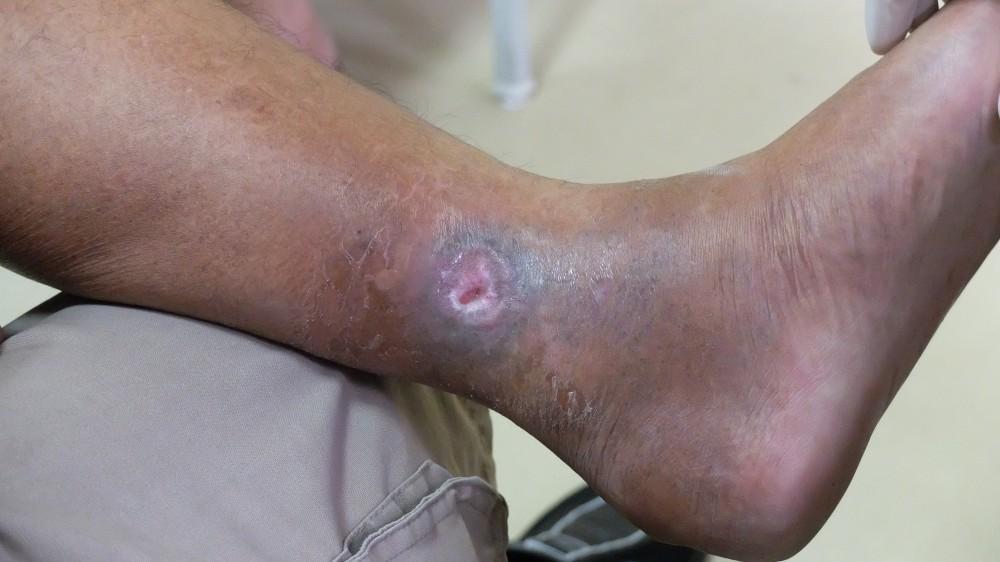
3 Early Signs of Ingrown Toenails You Might Not Realize You Have

Ingrown toenails can become a significant foot problem, causing infection and even nail bed detachment. And, getting an ingrown toenail really hurts. It’s harder to stand, walk, and wear your favorite shoes when one of your toes is in pain due to a sharp ingrown toenail.
At The Foot Care Group, board-certified podiatrist Dr. Steve Sharlin offers expert treatment for ingrown toenails. However, when it comes to these kinds of podiatry hassles, it’s best not to end up needing a podiatrist’s care in the first place.
With the right attention, you can protect yourself from ingrown toenails. And, if you catch the warning signs of an ingrown toenail starting up when it’s still in the early stages, you may be able to prevent the problem from getting any worse with simple at-home interventions.
If you need support for ingrown toenails, contact Dr. Sharlin at one of his locations in Hinsdale, Libertyville, and the Streeterville community of Chicago, Illinois. Here are three warning signs of ingrown toenails.
1. Localized toe or toenail pain
The first sign of an ingrown toenail is often toe or foot pain with no other explainable source. Your toe is tender, and putting on your shoes hurts. But, you don’t have a bunion, a blister, or any other good reason for the pain. There’s a good chance that you’re developing an ingrown toenail.
Ingrown toenails are most common on your big toes. When an ingrown toenail happens, the sharp edge of your nail starts to grow inward, irritating and inflaming the skin beside your nail bed. That’s why your toe hurts so much when you have an ingrown toenail.
2. Redness along your toenail edge
As an ingrown toenail develops, the area of inflamed skin around the intruding nail edge becomes visibly red. When you see redness along the edge of a painful toenail, you know you’ve probably got an ingrown nail.
In the early stages, ingrown toenails can sometimes be dealt with effectively at home. Trimming the problem toenail can offer relief. Take care to follow these steps when trying to address an ingrown toenail.
First, soak the affected foot with hot water and Epsom salts. Then, trim the nail straight across. You shouldn’t cut the nail on a curve. Dr. Sharlin can also assist you with the right toenail trimming technique.
3. Discharge around your toenail
Ingrown toenails can result in discharge or pus from the edges of your nail. Discharge is likely to be minor at first, but can worsen as infection sets in.
Once you start to notice higher levels of discharge and redness, it’s time to seek professional foot care. That’s doubly true if you notice that you have a fever. Infections may need antibiotic medications.
Contact Dr. Sharlin at The Foot Care Group for the ingrown toenail treatment you need. You can call now to schedule an appointment, or request an appointment online.
You Might Also Enjoy...


Can Hammertoes Be Corrected with Orthotics?

Can Cryotherapy Get Rid of My Plantar Warts?

I'm Embarrassed About My Toenail Fungus: What Can Help?

5 Bothersome Complications of Untreated Hammertoe

